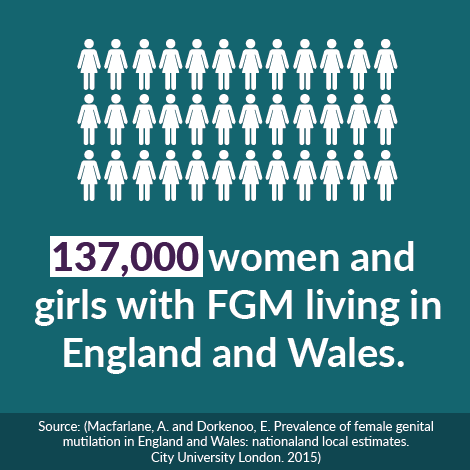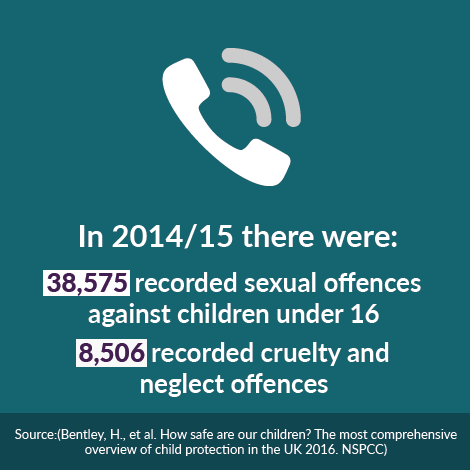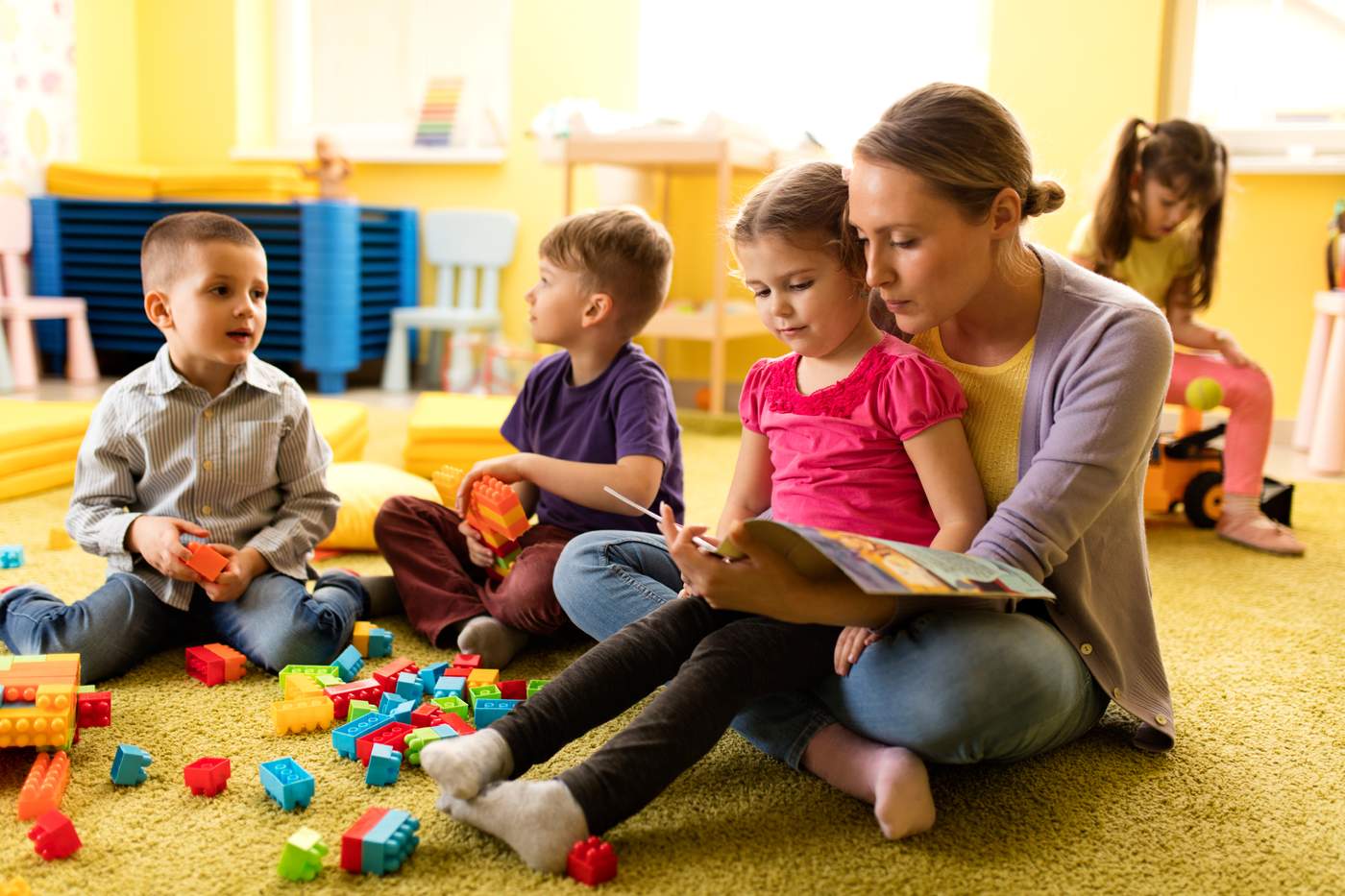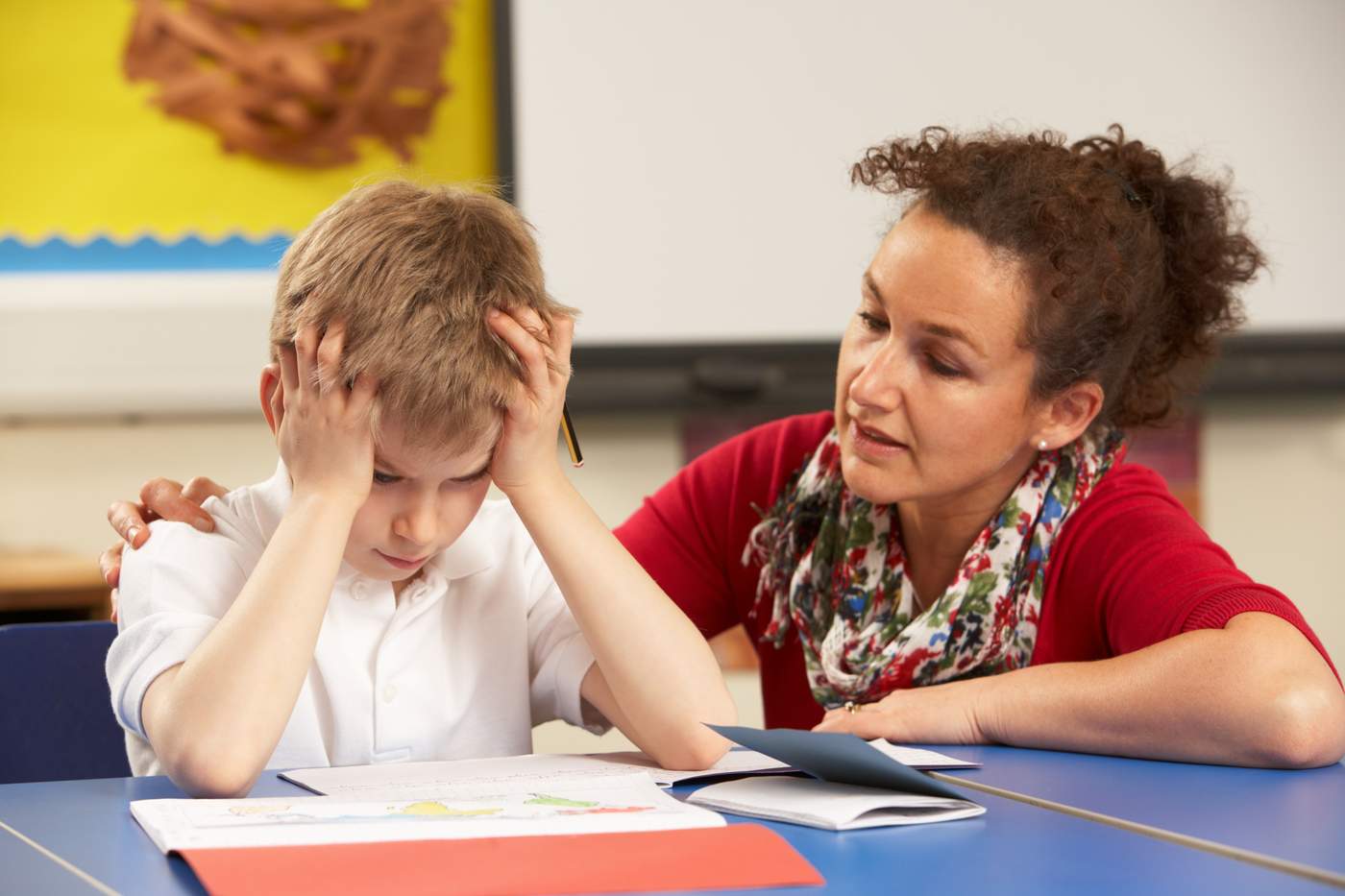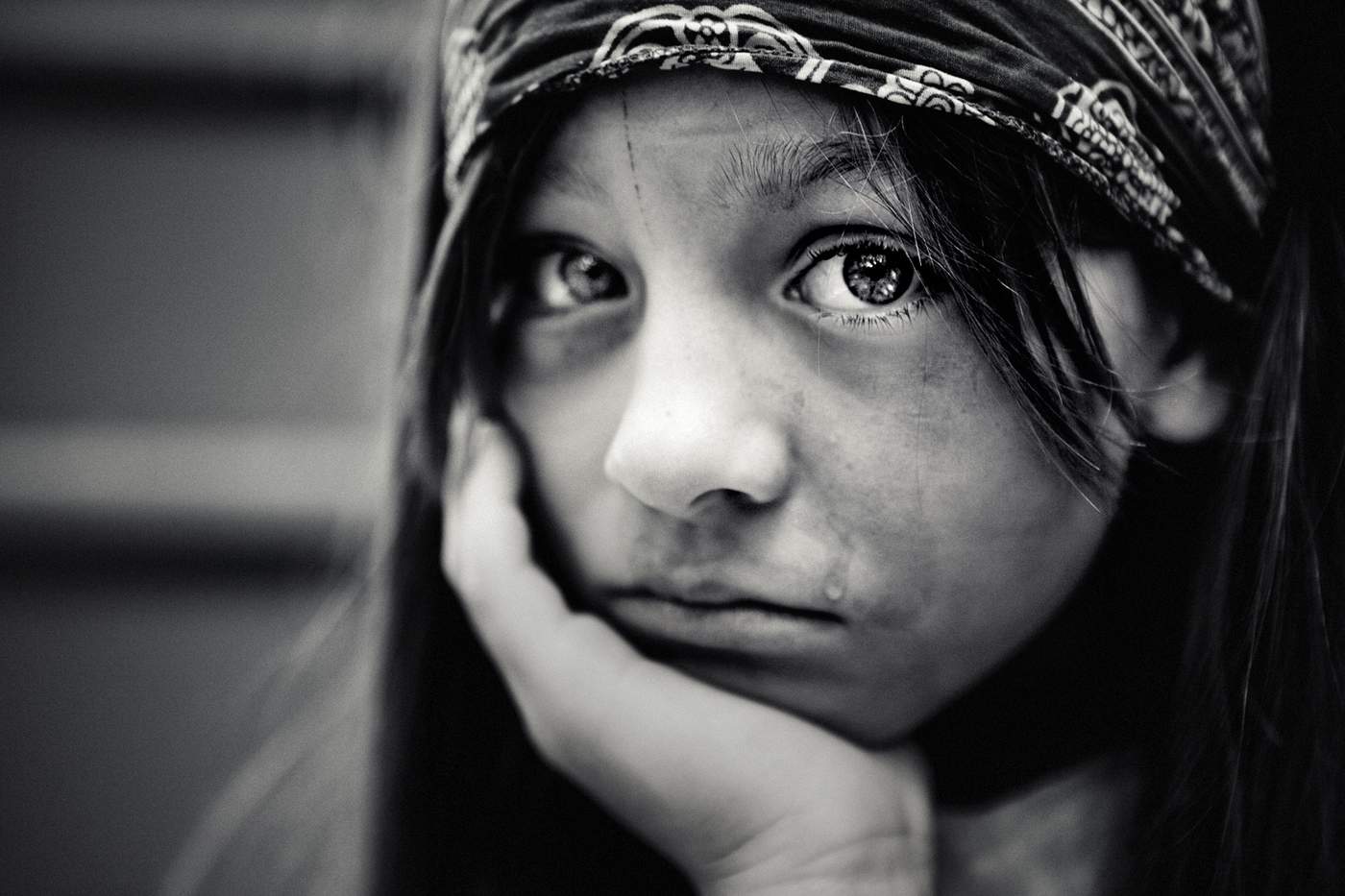The new draft guideline says staff should make sure children know they have been listened to and that they understand and are comfortable with discussions. It encourages professionals to speak to colleagues in other organisations if they have concerns so that children, and their parents or carers, do not have to repeat difficult conversations.
The guidance calls on staff to use their judgement, following up where necessary to make sure action has been taken.
Professor Gillian Leng, deputy chief executive of NICE said:
“Anyone working with children has to play their part in responding to abuse or neglect. Our previous guidance for this area focused on health professionals. Now we want to help staff outside of hospitals recognise when a child may be at risk of harm.
“We want all professionals to be aware and recognise when they need to ask questions or follow up with colleagues about a child’s wellbeing. Not all cases will cause concern but if we do not ask, we may miss opportunities to protect children in their time of need.”
The guidance says potential soft signs that professionals should look out for in children include frequent rages disproportionate to the situation, excessive clinginess, low self-esteem and recurring nightmares.
Staff should make judgements based on what they know about each child and their surrounding circumstances, as these signs are not in themselves proof of abuse or neglect is taking place.
Signs that should signal a more serious level of alarm, where further investigation is needed, include a child arriving at school injured and persistently unclean; if they exhibit overtly sexualised behaviour when they haven’t reached puberty yet; or if parents are physically punishing their children to excess.
The guideline then explains what actions professionals should take.
Professor Leng said:
“This guideline will sit alongside existing statutory guidance providing important context on what works to help vulnerable children in the aftermath of abuse or neglect.
"Our committee looked at the best available evidence and have made recommendations on suitable therapies and approaches for helping children as well as their parents or carers.”
When assessing children, the draft recommendations say that staff should collect information on all the adults in the child’s life, including parents and siblings. It also describes using drawings to help very young children understand discussions. Or in trafficking cases using interpreters from outside the community where they were exploited.
The recommendations also describe how social care services should help families showing possible signs of abuse or neglect. It says to consider home visits for at least six months. If parents or carers need educational programmes these should cover anger management and addressing negative beliefs about themselves or their child.
As a minimum, the draft guideline states that children who have suffered abuse or neglect should be given a safe place to stay and referred to the appropriate services.
NICE wants to hear people’s views on the draft guideline and these will be taken into account before final publication.
Public consultation on the guideline will run until Wednesday 19 April.
Organisations are invited to submit comments via the NICE website. Members of the public are encouraged to send their comments through one of their local registered organisations.


